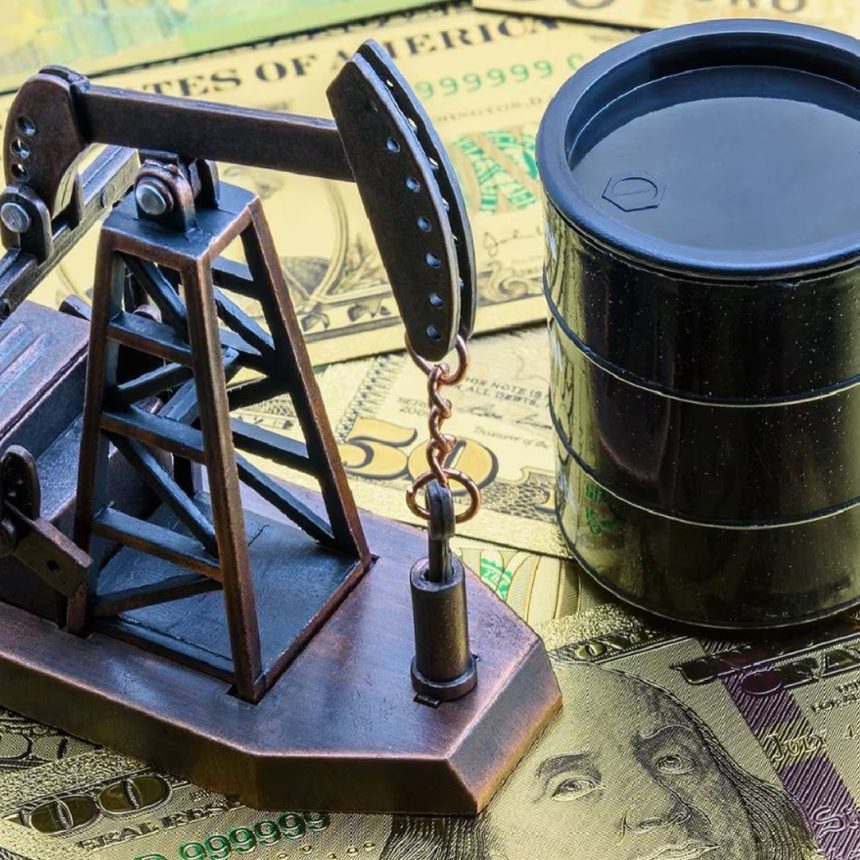Credit By: News18
The price of crude oil has been rising steadily and has now reached levels unseen in ten months. This increase coincides with predictions of robust demand and sustained price increases from three international organizations:
- The US Energy Information Administration (EIA)
- The International Energy Agency (IEA)
- The Organization of the Petroleum Exporting Countries (OPEC)
Important Points
While US West Texas Intermediate (WTI) crude touched $89 per barrel for the first time in ten years, Brent crude, the benchmark for the world’s oil prices, rose above $92 per barrel. The current oil market outlook is positive, as seen by these prices.
Following the announcement of a joint decision by OPEC+ (OPEC and its allies, including Saudi Arabia and Russia) to remove 1.3 million barrels per day from the market until the end of the year, there are supply restrictions as a result of the tight market expectations.
OPEC’s monthly report indicated that despite worries about growing global inflation brought on by increased crude prices, the organization expected healthy growth in global oil demand for 2023 and 2024. Major economies should do better than predicted, fueling an increase in the oil demand.
OPEC and the IEA have left their projections of global oil demand for this year and the following year mostly unchanged, citing their optimism about China’s oil demand in 2023.
The International Energy Agency (IEA) stated that the present bullish outlook in the oil market may push prices higher shortly. But it also brought attention to problems with the outlook for the world economy, like rising interest rates and more stringent lending requirements.
A rise in US oil inventories, as reported by the American Petroleum Institute, momentarily offset the market’s optimistic outlook.
Experts in the field feel that as winter draws near, the oil market is becoming more competitive in the second half of the year, particularly for distillates.
Conversation
The crude oil price increase reflects forecasts of ongoing supply restrictions and increased optimism about global oil demand. The collective decision by OPEC+ to restrict production has added to the market’s optimistic outlook.
Despite optimistic predictions for robust demand growth in 2023 and 2024, worries exist regarding the possible effects of growing oil prices on inflation and the world economy. Increased energy prices may put consumers and companies under strain and hinder economic expansion.
The future of the oil market is still being determined due to several variables, including geopolitical developments, production choices made by major oil-producing countries, and changes in the state of the world economy. It will be essential to monitor supply and demand dynamics to evaluate if the current pricing levels are sustainable.
Follow ARP Media for more such content.













